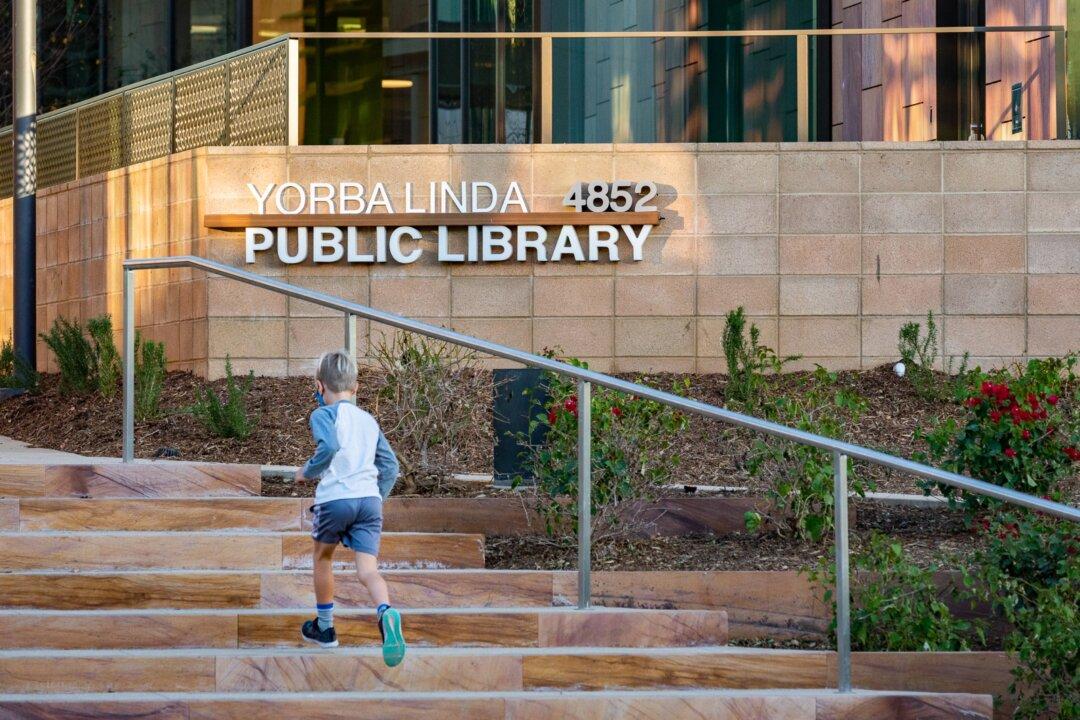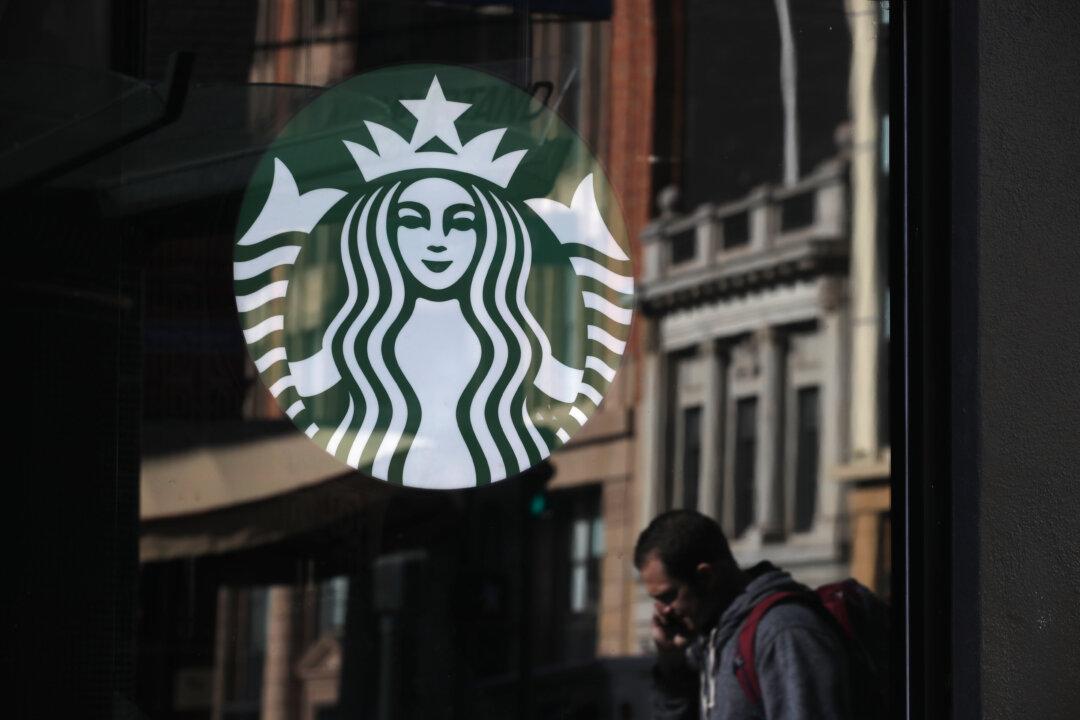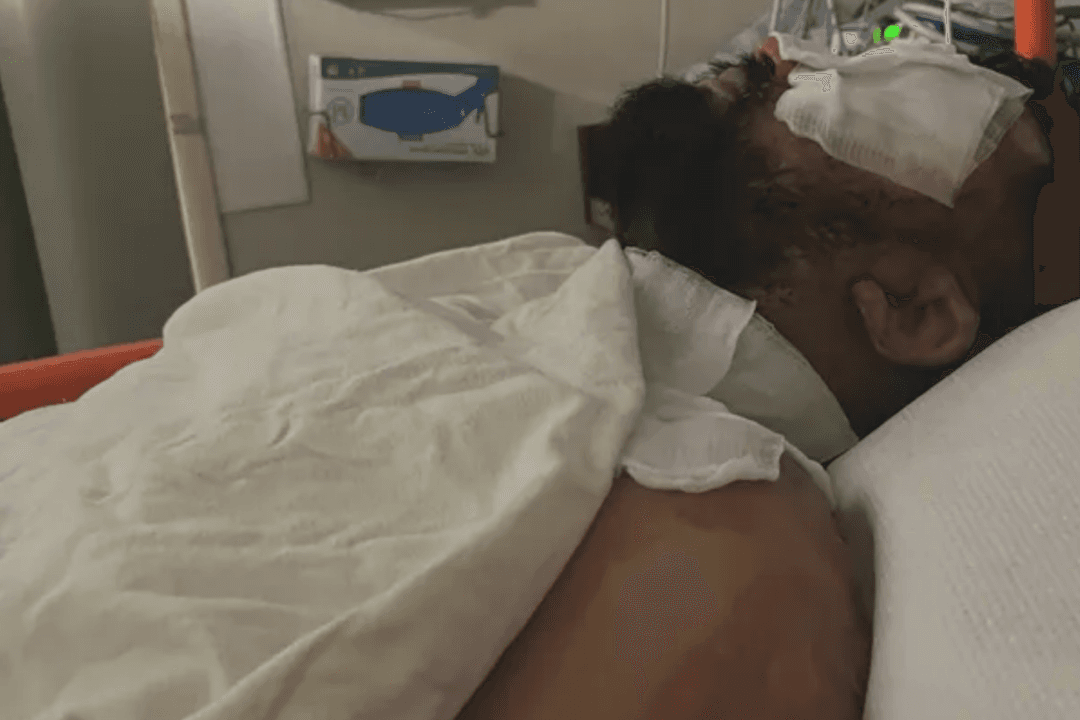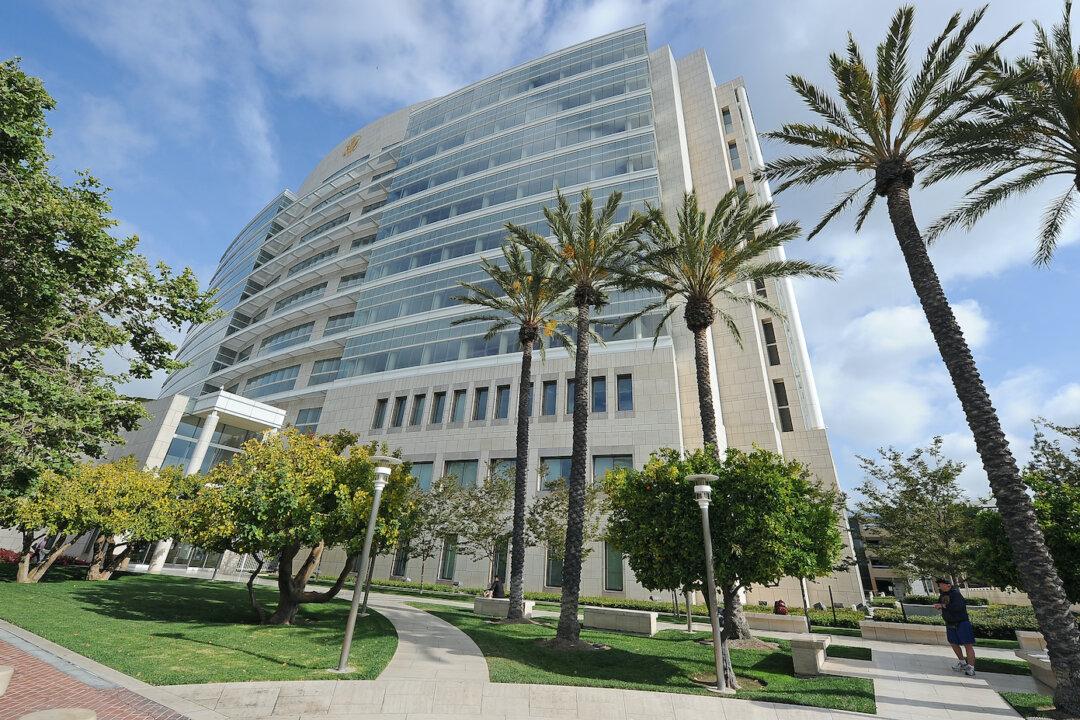The City of Yorba Linda has a rich history stemming from the original Yorba family, who traveled to California and began enriching the area to form a community. The city is known as the “Land of Gracious Living,” a phrase that has remained true since its founding.
![Development in the Yorba Linda area by the Santa Ana River in 1966. (Courtesy of Orange County Archives (<span class="cc-license-identifier">CC BY 2.0 [https://creativecommons.org/licenses/by/2.0/]</span>)](/_next/image?url=https%3A%2F%2Fimg.theepochtimes.com%2Fassets%2Fuploads%2F2022%2F05%2F20%2FDevelopment_Yorba_Linda_area_Oct._1966-1200x885.jpg&w=1200&q=75)
Development in the Yorba Linda area by the Santa Ana River in 1966. Courtesy of Orange County Archives (CC BY 2.0 [https://creativecommons.org/licenses/by/2.0/]




